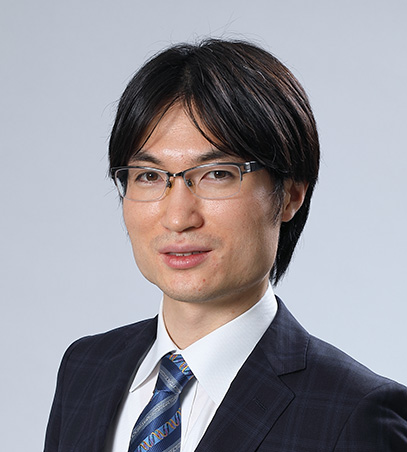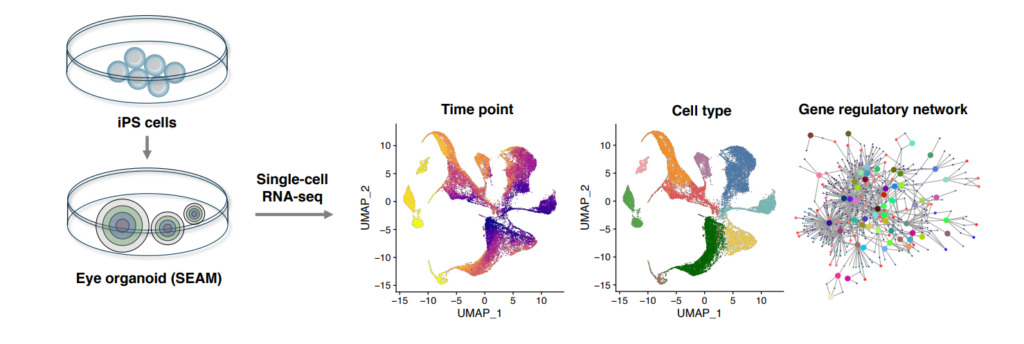YOSHIHARA Masahito
Specially Appointed Professor/Sensory Systems
PRIMe, The University of Osaka
- Related Website:
- ORCID ResearchGate Researchmap Google Scholar
Our researchers
PRIMe researchers from diverse fields of study, nationalities, and backgrounds come together and collaborate “under-one-roof” to conduct interdisciplinary and integrative research.

YOSHIHARA Masahito
Specially Appointed Professor/Sensory Systems
PRIMe, The University of Osaka
“Omics analysis using human eye organoids to elucidate the mechanisms of development and pathogenesis”
Using human eye organoids developed by our group, we aim to recapitulate the developmental process of normal and diseased eyes and elucidate the regulatory mechanisms of differentiation and disease pathogenesis by omics analysis, such as single-cell transcriptome.
Research content
After graduating from Osaka University, I worked as an ophthalmologist to diagnose and treat various eye diseases. As a PhD student, I worked on realizing corneal regenerative medicine using iPS cells by applying omics analysis 1-4. During my postdoc, I succeeded in reprogramming human ES cells into blastomere-like cells, utilizing single-cell transcriptome data from early human embryos 5,6.
The human eye is an extremely complex organ composed of various tissues, and the detailed mechanisms of its development are not well understood. In particular, the mouse is not a suitable model for studying human retinal development because the macular region does not exist in mice. In addition, most eye tissues do not regenerate, making it difficult to obtain samples from patients, and research into eye diseases has not been sufficiently advanced. There is still great hope for developing treatments for intractable diseases such as retinitis pigmentosa.
Therefore, we aim to elucidate the gene regulatory mechanism during differentiation by using iPS cell-derived human eye organoids (SEAM) to recapitulate the human eye development and perform omics analysis such as single-cell transcriptome on this model. Furthermore, we will induce eye organoids from patient-derived or disease-model iPS cells. We will perform the same analysis on these cells to elucidate the disease process and pathology by comparing them with normal models to develop new treatments.

References